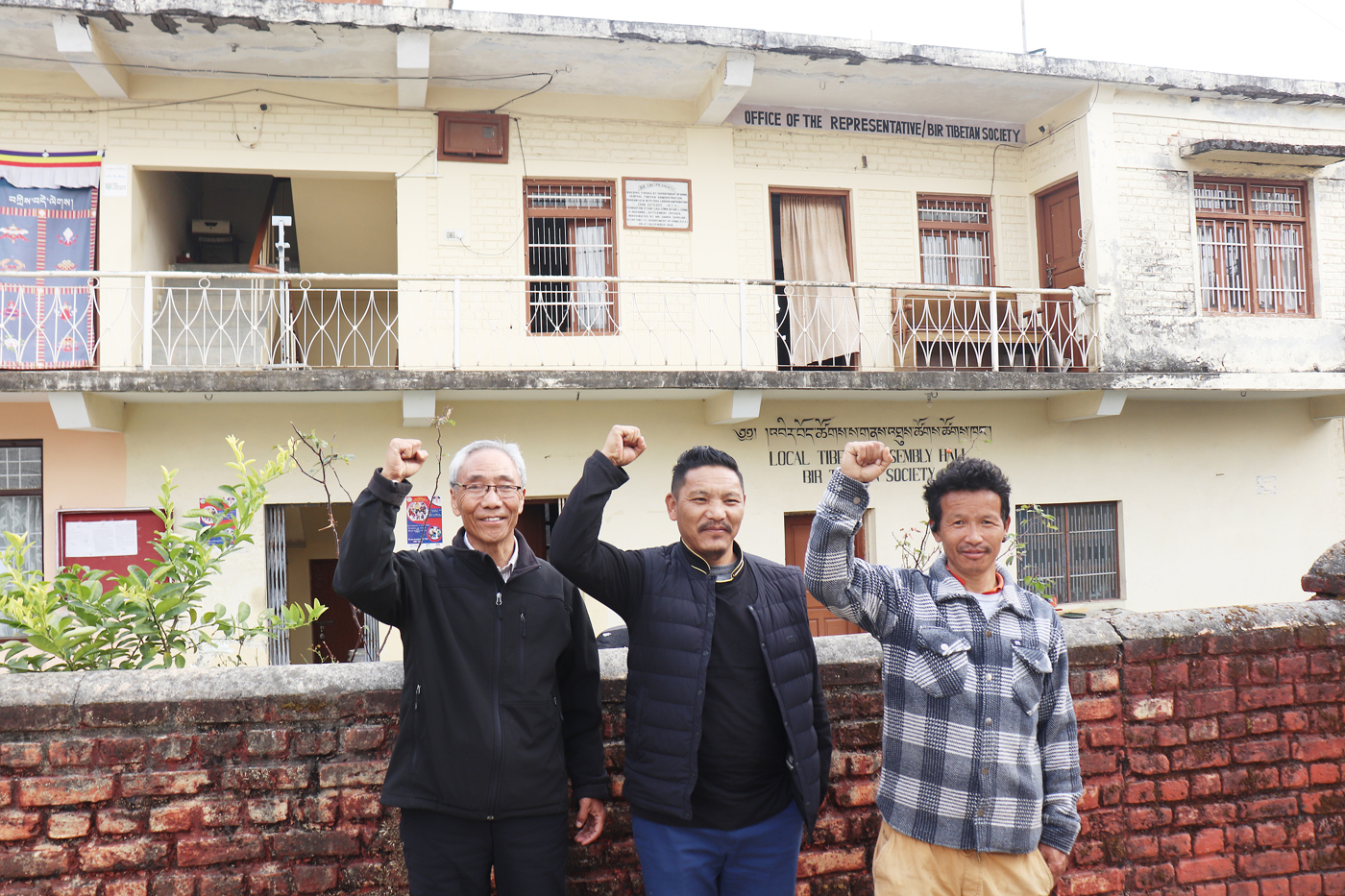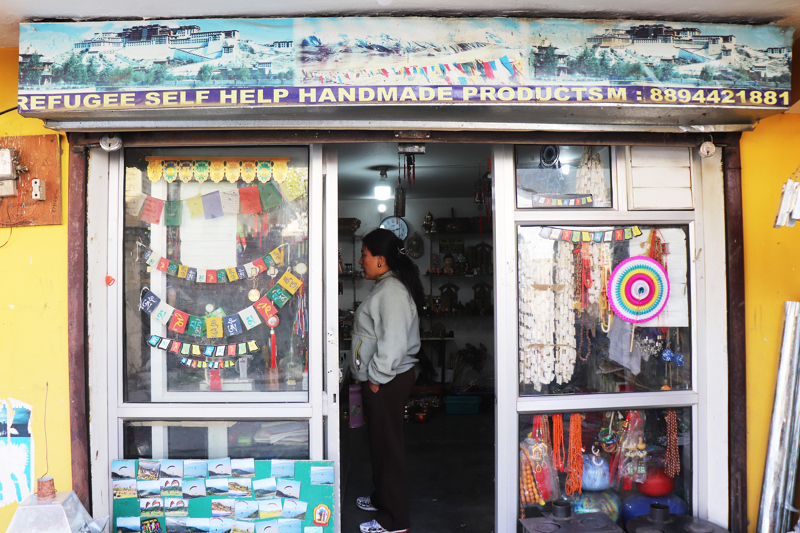Half a Century of Change

For more than 50 years, IM worked with the Central Tibetan Administration (CTA) to develop the Tibetan refugee settlement in Bir. That collaboration has now ended, but the traces of IM’s efforts remain – even as the settlement faces new challenges: preserving its cultural heritage and responding to a younger generation’s dreams of a future beyond the valley.
Bir Tibetan Society, located in the Indian state of Himachal Pradesh, was established in the early 1960s after the Dalai Lama and thousands of others were forced into exile from Tibet. From the 1970s onwards, IM and the CTA worked together to strengthen the settlement – one of 22 Tibetan refugee camps in India – through education, healthcare, and infrastructure.
When IM returned to Bir in February 2025 for a final visit, we were met with both gratitude and concern. Many remember the time when IM’s support was crucial – when the first refugees arrived in the area and cleared forests and built roads with their bare hands.
“Back then, there was neither access to clean water nor working toilets. IM helped us rebuild tanks, replace pipelines, and improve sanitation. It changed the quality of life for many families,” says Karma Namgyal, head of the settlement.
System Change Rather than Aid
IM’s approach has always been long-term. With a focus on strengthening existing systems rather than providing temporary relief, IM contributed to progress in education, the economy, and community structures. An important partner was the Tibetan Children’s Village (TCV) – a combined home and boarding school for thousands of children who had lost their parents or were sent to safety from Tibet. More than 10,000 pupils have graduated from TCV, and many return to work as teachers, nurses, and community leaders. One of them is Karma himself.
Sixty-six-year-old Namdol Tashi, a retired teacher, recalls how, as a child, he travelled through Nepal with his parents before reaching India.
“It was a difficult time. Many children were separated from their families and sent to special schools. Thanks to IM’s support, both the education and the school environment have improved greatly,” he says.
A Community in Transition
Over the years, the people of Bir have earned their livelihoods from felt and noodle production, as well as the sale of traditional Tibetan carpets. But rising costs and administrative obstacles have made it hard to sustain a viable economy. Today, income relies mainly on renting out shops and guesthouses.
At the same time, the settlement faces a new challenge: keeping its younger generation. Many young people move away, drawn by education and job opportunities outside India. Although the CTA seeks to counter this by offering vocational training and support for small businesses, employment remains a challenge. Many young Tibetans study healthcare and technology – fields where jobs are available, even abroad. Women in particular are drawn to healthcare, where it is easier to find work internationally.

Still, some young people see a future in Bir. A few have opened cafés and homestays, taking advantage of the settlement’s proximity to Bir Billing – a popular paragliding destination. But competition is tough, tourism is seasonal, and Tibetans’ refugee status in India makes it difficult to access bank loans, which hinders long-term economic development.
IM’s work in Bir may have ended, but its legacy runs deep. The settlement’s future now depends on its ability to face today’s challenges – with the confidence and structures built through five decades of partnership.
Text and photo: Isha Banerjee
Main photo: Namdol Tashi, Karma Namgyal och Sonam “Freedom” Rangsen.
By: Malin Kihlström